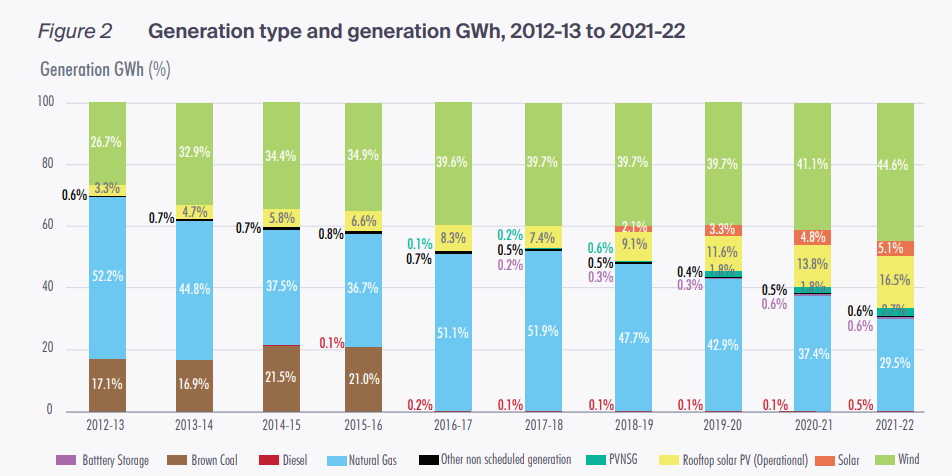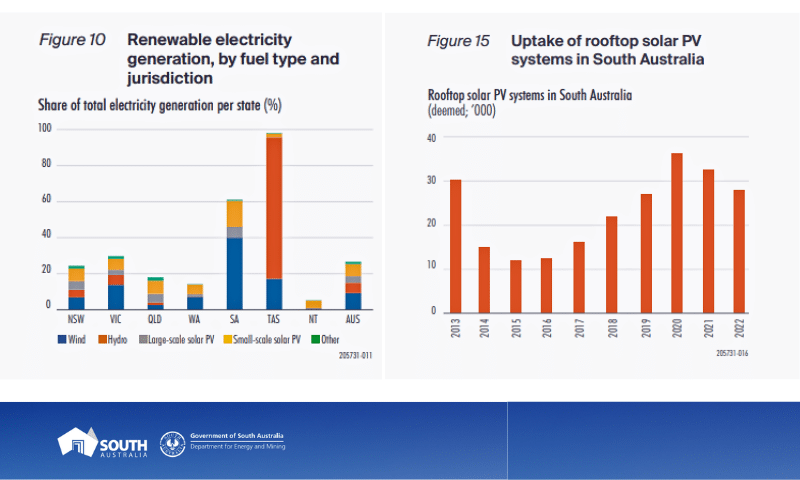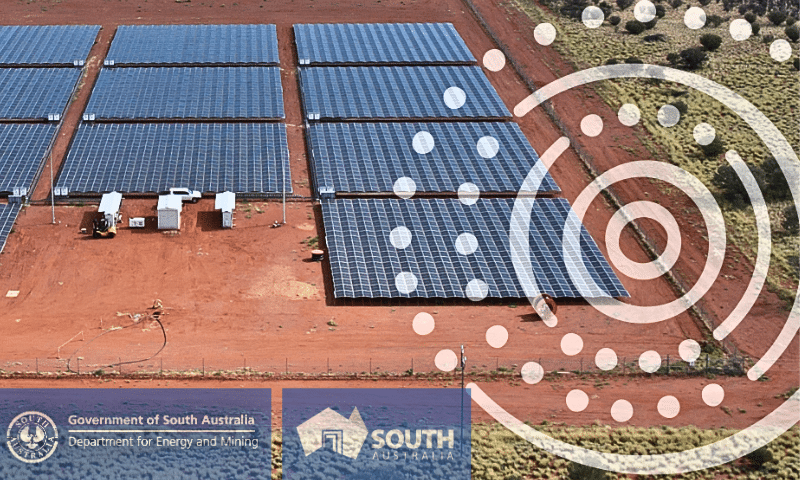South Australia has emerged as a global leader in sustainable energy practices, particularly in the development and integration of renewable energy sources into its power grid. As the demands on energy systems continue to evolve with the rapid advancement of uncontrollable emerging technologies, the South Australian government has released the Green Paper on the energy transition.
Attention, savvy consumers! Are you tired of overpaying for your internet services? Are you searching for the perfect internet plan that fits your needs without breaking the bank?
Look no further, because Energy Matters have the solution for you: Compare and Save Internet Plans – absolutely FREE! No obligation to sign up and it’s 100% free to use! Our user-friendly tool empowers you to compare a wide range of options, unlock incredible savings and transform your internet experience. Visit our website now and take the first step towards a brighter, more affordable online journey!
Overview of the Green Paper
The Green Paper on the energy transition is a government initiative that aims to facilitate public consultation and engagement on South Australia’s energy future. The paper addresses various aspects of the energy transition, including electricity generation, storage, transmission, and consumption.
The Green Paper on South Australia’s energy transition will facilitate informed decision-making, allowing for the formulation of effective strategies to address the challenges faced by the electricity grid. It will promote the development of policies that support sustainable economic growth, social inclusion, energy security, improved public health, and job creation. Furthermore, the Green Paper will provide a framework for collaboration among stakeholders, fostering engagement, transparency, and accountability in the energy transition process.
SA: Significant progress towards its emissions reduction goals
South Australia has made significant progress towards its emissions reduction goals. In the 2020 financial year, the state emitted 25.4 million tonnes of carbon dioxide equivalent (MtCO2-e), marking a 31% reduction in greenhouse gas emissions compared to the 2005 financial year. This progress showcases the state’s dedication to sustainable economic development and environmental stewardship.
Rooftop solar PV is the largest generator in South Australia, with the potential to provide over one gigawatt of energy under favourable conditions. In 2021-22, the annual rooftop solar PV generation was estimated at 2,269 gigawatt-hours (GWh), accounting for 17% of the total annual underlying consumption. This figure is expected to increase as more South Australians adopt rooftop solar PV due to its economic advantages.


Rapid growth in distributed energy resource (DER)
The introduction, adoption of new technologies and especially rapid growth in distributed energy resource (DER) installations empower households and businesses to generate their own electricity and contribute surplus power back to the grid. Such as rooftop solar photovoltaic (PV) systems, solar batteries, electric vehicles (EVs), smart meters, and smart appliances are transforming South Australia’s electricity grid. These technologies allow for a shift from the traditional one-way system of delivering electricity to homes and businesses towards a modern two-way system. Individuals and businesses can now not only consume energy but also generate, export, and trade it.
DER technologies are significantly reshaping power systems as they rapidly become a primary source of energy through small-scale generation or storage. According to the Australian Energy Market Commission’s guide, it is projected that over 40% of energy customers will adopt DER by 2027, and this number will surpass 60% by 2050. It is crucial to effectively integrate DER into the energy system to support the transition to a net zero emissions future. Inverter-based technology, used by DER and other energy storage systems, is being studied to determine its impact on South Australia’s DC and AC systems and whether further adjustments are necessary. The International Energy Agency highlights that integrating DER poses challenges as its generation is mostly invisible and uncontrollable by grid operators, making integration into the grid operation difficult.
Energy Matters has been a leader in the renewable energy industry since 2005 and has helped over 40,000 Australian households in their journey to energy independence.
Let us discuss and choose the best quote that suits your needs and budget, and we can connect you with our trusted local installers, who will provide up to 3 FREE quotes for your home and business solar energy system.
Challenges must be addressed
The South Australian government remains dedicated to supporting DER adoption and acknowledges that the challenges of the energy transition should not hinder the sustained growth of DER by energy.
However, the existing electricity grid in South Australia was not originally designed to maximise the utilisation of these new and emerging technologies. With an increasing number of DERs, such as solar panels and wind farms, being integrated into the energy grid, it is essential to address the challenges.
As a result, it is facing various challenges, including frequency and voltage fluctuations, as well as concerns related to minimum operational demand and system strength. These challenges must be addressed to ensure the efficient integration and operation of renewable energy sources, storage systems, and other emerging technologies.
Green Paper serves as a roadmap
A Green Paper provides a platform for discussion and consultation among stakeholders, including government agencies, industry experts, community representatives, and the general public. It enables the identification of key issues, opportunities, and potential solutions regarding South Australia’s energy transition. By conducting a comprehensive analysis of the current challenges and opportunities, the Green Paper can serve as a roadmap for policy development, investment decisions, and infrastructure planning.
A Green Paper on South Australia’s energy transition is necessary to address the challenges and opportunities associated with the integration of new and emerging technologies into the electricity grid. Ultimately, it will contribute to sustainable economic development, social inclusion, energy security, improved health, and job creation, benefiting the entire society of South Australia.
Feedback will be available for public comment until August 14, 2023, through the South Australian government’s YourSAy website or by email: DEMenergytransition@sa.gov.au.
Source&Images: South Australia’s Government, Department for Energy and Mining (DEM)
Switching to a better plan? You may already have an energy plan but want more power or to shop for a better deal.
Energy Matters’ “Free Energy Bill Comparator” is a cutting-edge energy comparator tool that allows you to compare your area’s most competitive retail offers. We collect the data from our wide range of trusted retailers, allowing you to decide about changing your plan.
If your goal is to get more electricity and minimise the cost of your gas and electricity bills, switch to a better plan now!












































